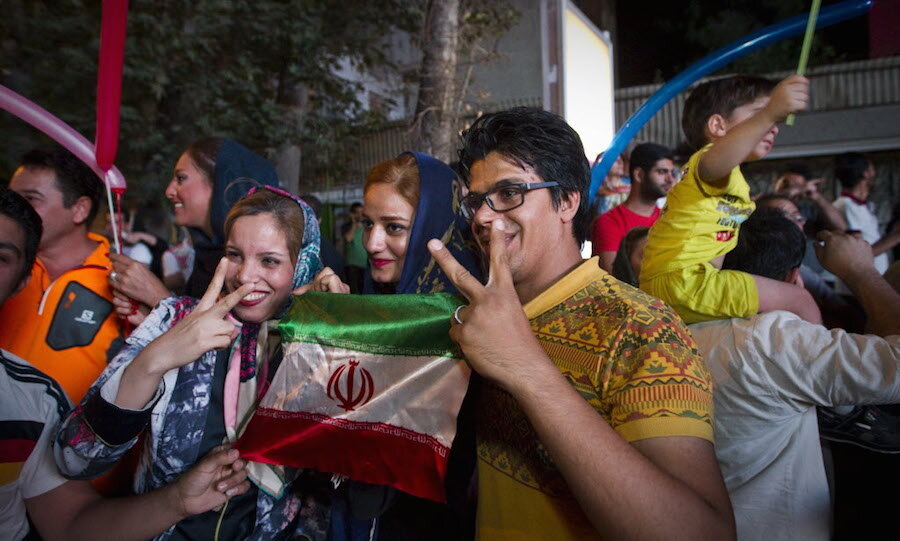Deeper opportunities in Iran nuclear pact
Loading...
The nuclear agreement reached July 14 between Iran and six world powers will need to withstand many tests in the months and years ahead to ensure it contains Iran’s nuclear ambitions. The American Congress must weigh in, for example, while inspectors need access to Iranian nuclear sites. Israel needs further assurance of its safety. Perhaps the most critical test may be this: Would a less-threatening Iran bring the Muslim world closer to resolving conflicts within Islam itself?
Iran’s 1979 Islamic Revolution was driven in large part by rivalries within Islam as well as between Islam and the West. Its nuclear program was just one of many strategic aims to enable Iran to lead the Islamic world’s 1.6 billion believers, or 23 percent of the world’s population. Iran (the country) claimed geopolitical reasons for needing to acquire advanced nuclear know-how. But perhaps Iran (the religious revolutionary) decided its secretive, militarized nuclear program was hurting its reputation as the leader of all Muslims. After all, a violent and political version of Islam has lost much support since 9/11 in favor of an Islam that is peaceful. The rise of Islamic State has shown a need for Muslims to assert a tolerant, respectful version of Islam.
Within Iran itself, the mass of young people has turned against the regime of supreme leader Ayatollah Ali Khamenei since the rigging of an election in 2009 and a harsh crackdown on dissent. The tough sanctions also softened public opinion in favor of reaching a nuclear deal. This strengthened the hand of the relatively moderate president, Hassan Rouhani, against regime hard-liners. Mr. Khamenei was forced to say he was exercising “heroic flexibility” during the negotiations.
Iran still has other means to further its strategic goals, such as militant proxies in Gaza and Lebanon. A steady lifting of sanctions will now revive the businesses of the elite Islamic Revolutionary Guard Corps, enabling it to challenge the West or rival Muslim countries. The threat of an American military attack or another cyberattack on its nuclear plants is gone for now, encouraging investment in Iran.
Besides agreeing to mothball much of its nuclear program, Iran has shown the Muslim world it is willing to talk to its most dreaded foe, the United States. The largest and most powerful Shiite country could even now seek US help in lessening tensions with its Sunni rivals, especially Saudi Arabia. Islam’s religious disputes, reflected in the Saudi-Iranian rift, have become overshadowed by popular demands among Muslims for democracy, seen in the 2011 Arab Spring, the 2009 protests in Iran, and earlier protests in Pakistan and Indonesia.
In Iran and Saudi Arabia, regime survival has become more important than sectarian contest. A recent commentary in the Iranian publication Resalat warned that the Iranian people may expect “paradise” with a lifting of sanctions and, when they are disappointed, it “will inflict an irreparable blow to the revolution.”
President George W. Bush and later President Obama were smart to open a door for talks with Iran, even as they kept the “military option” on the table and rallied allies to impose sanctions. Over time, the real test of the new agreement may not be only in Iran’s compliance. The real test will be in whether Iran’s concessions lead to a rejection of violence within the Islamic world.







